Protecting your skin from the sun at the beach is a routine activity for many, but not everyone is ready to use sunscreen in everyday urban life. Excessive sun exposure can cause serious damage to the skin: unwanted pigmentation, premature ageing and even cancer. At the same time, sunlight improves mood and promotes vitamin D synthesis. To reap the benefits and avoid the harmful effects, simple rules must be followed and skin care and protective products used.
UV radiation: types and effects on skin
UV radiation accounts for only 5% of the solar spectrum, but its impact on living organisms is significant. UV radiation is divided into three types: UVA, UVB and UVC, which have different wavelengths and effects on the skin. Type C rays do not reach the Earth's surface, so protective equipment is directed against Type A and Type B rays.
UVA (long wave rays)
UVA rays are active all year round and throughout the day. They penetrate through clouds and glass, penetrating deep into the skin (dermis), causing photodamage, pigmentation disorders and increasing the risk of cancer. Sun protection is therefore essential whatever the season or location.
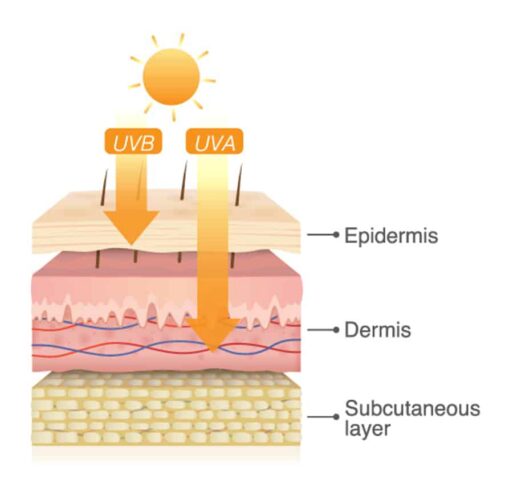
UVA protection is indicated as follows:
- PA+ - low protection,
- PA++ - moderate protection,
- PA+++ - high protection,
- PA++++ - maximum protection.
The best choice is PA+++ or PA++++ labelled products.
UVB (medium wave)
UVB radiation is active from spring to autumn between 10:00 and 16:00. It is absorbed in clouds and not through glass. UVB affects the superficial layers of the skin (epidermis), causing tanning, but also sunburn, pigmentation and photosensitivity.
UVB protection level indicates SPF (Sunburn Protection Factor). For example, if unprotected skin blushes in 10 minutes, SPF15 extends that time to 150 minutes.
Protection levels:
- SPF15 - up to 93% protection,
- SPF30 - up to 97%,
- SPF50 - up to 99%.
The result depends on the amount used - less cream = less protection.
Sun filters
In the legal context, it is correct to use the terms "mineral" and "organic" filters instead of the outdated terms "physical" and "chemical". In the past, mineral filters were thought to reflect UV rays, while organic filters absorb them. Modern research shows that both types absorb radiation, with physical filters also slightly scattering rays in the visible light spectrum.
A common misconception is that mineral filters start working immediately after application, while chemical filters need time to activate. In fact, all sunscreen filters start working immediately after application. However, most products, regardless of the type of filter, need about 15 minutes to properly set on the skin.
Mineral filters:
- Zinc oxide (Zinc Oxide) - absorbs UVA and UVB radiation.
- Titanium dioxide (Titanium Dioxide) - absorbs UVB and scatters UVA rays.
They are photostable, well suited for sensitive, reactive and children's skin, and are also recommended for couperose and rosacea. Disadvantages are often a dense texture, harder to spread and white marks on the skin. To improve these properties, nano-treatment is used - titanium oxide and zinc oxide are processed to achieve a lighter, more transparent result.
Organic filters:
These filters absorb UV rays and convert them into heat. New-generation organic filters are more photostable, less irritating to the skin and oxidise more slowly, so don't need to be renewed as often.
Effective and stable examples:
- Tinosorb S (bis-ethylhexyloxyphenol methoxyphenyl triazine) - protects against UVA/UVB, stabilises other filters.
- Tinosorb M (Methylene bis-benzotriazolyl tetramethylbutylphenol) - UVA/UVB protection; partly absorbs, partly reflects radiation.
- Iscotrizinol / Uvasorb HEB - particularly photostable, wide spectrum.
Most sunscreens contain a multi-filter. The cosmetics industry uses web-based calculators where the desired filters are entered and the corresponding SPF level and UVA/UVB distribution are obtained. Through testing, the technologist finds the right combination.
How to choose the right sunscreen?
There are several factors to consider when choosing the right sunscreen:
- level of protection (SPF and PA),
- type of filters (mineral or organic),
- the texture's suitability to the skin type.
The SPF level is very important:
- In an urban environment and for everyday activities, it is sufficient to SPF30-st.
- For an active holiday or a beach holiday, choose the SPF50+.
For best protection, products containing UVA and UVB filters - it helps prevent sunburn and premature ageing.
Composition is key:
- Mineral filters are suitable for sensitive and children's skin,
- Organic filters ensure easy application and a comfortable finish.
If you're planning to do sports or active activities in the sun, prefer to. waterproof products - but they must also be regularly updated.
Skin needs a different texture:
- Moisturising creams or milks are suitable for dry skin,
- For oily skin, it is better to choose light textures such as gels or fluids.
- Sensitive skin needs gentle care - a fragrance-free mineral moisturiser is the perfect choice.
Korean sunscreens are highly acclaimed for their convenience and reliability - combining 4-5 stable filters, a pleasant texture and skin conditioning ingredients.
Rules for the use of sunscreen
Experts recommend wearing sunscreen every day, all year round, whether the sun is shining or not. If you have a UV index of 2 or more, it's a must. You can check your UV index through any weather app.
SPF efficacy depends on the amount applied, so it is important to use a sufficient amount:
- On average, 1.25 ml of cream is needed to cover the face, neck and ears.
- Rule of thumb: the less product, the less protection.
A good tip is to apply in two coats:
- Apply half the amount first,
- wait for the cream to absorb (about a few minutes),
- then apply another layer.
Timing of the upload:
Sunscreen should be applied 5 to 10 minutes after normal skin care, and 5 to 10 minutes before make-up.
To avoid excessive layering, a tinting or moisturising sunscreen may be used.i, which also replaces day cream.
Make-up products with SPF act only as a top-up layer, not as a stand-alone protection - it is difficult to apply them thickly enough to achieve the level of protection indicated on the product without compromising appearance or comfort.
How to renew your sunscreen?
- Products with mineral filters must be renewed every 2 hours, even in urban conditions.
- The new generation of chemical filters are stable for up to 8 hours in a normal "home-work-home" routine.
If you are actively in the sun (e.g. playing sports or at the beach), you should renew your sunscreen every 2 hours.
If you're in the water or using a towel, you'll need to reapply the cream, even if the product says "waterproof".
NB! At the beach, sunscreen is an additional means of protection - the main protective measures are:
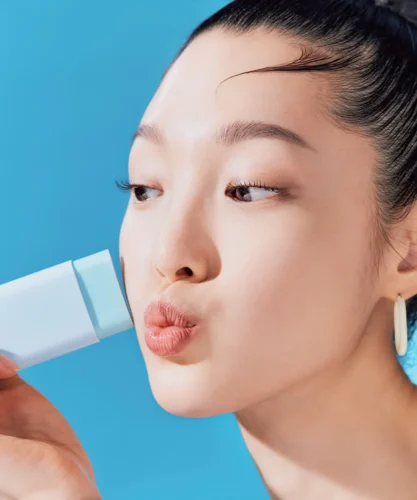
- vari,
- wide-brimmed headgear,
- sunglasses.
Renewal forms:
- Spray or aerosol - is only suitable for additional protection, as it is difficult to estimate the quantity. When using, hold your breath to avoid inhalation and possible irritation.
- Pulk (stick) - convenient for precise application (e.g. around the nose, lips, eyelids).
Thanks to its moisturizing and dense texture, it is also suitable for lips and eyelids.
Effective protection requires 4 layers of product. - Kushon (cushion) - a multi-purpose product that can renew protection and refresh make-up at the same time.
Tests with a UV camera show that sunscreen + SPF-kushon gives the best and most comfortable result.
How to remove sunscreen?
The removal of sunscreen must be a two-step process to avoid skin congestion and possible skin problems such as acne or comedones.
If you're using a light, organic filter-based cream: - All it takes is a combination of a dishcloth and a gentle detergent gel or wax.
If you are using a product with mineral filters, waterproof or dense texture:
- First, use a hydrophilic oil or cleansing balm that "melts" the sunscreen from the skin's surface.
- Then rinse and wash the skin with a foaming cleanser to remove any residue.
Proper cleaning is important because:
- This keeps the pores clean,
- Reduces the risk of inflammation and blockages,
- Helps the skin to recover better.
We hope this guide will IDA.KOREA can help you find the perfect sunscreen - with a comfortable texture and finish and reliable protection, but for our range of products see HERE
The sun can be a source of life, but it can also be a test for your skin - let it shine for you!


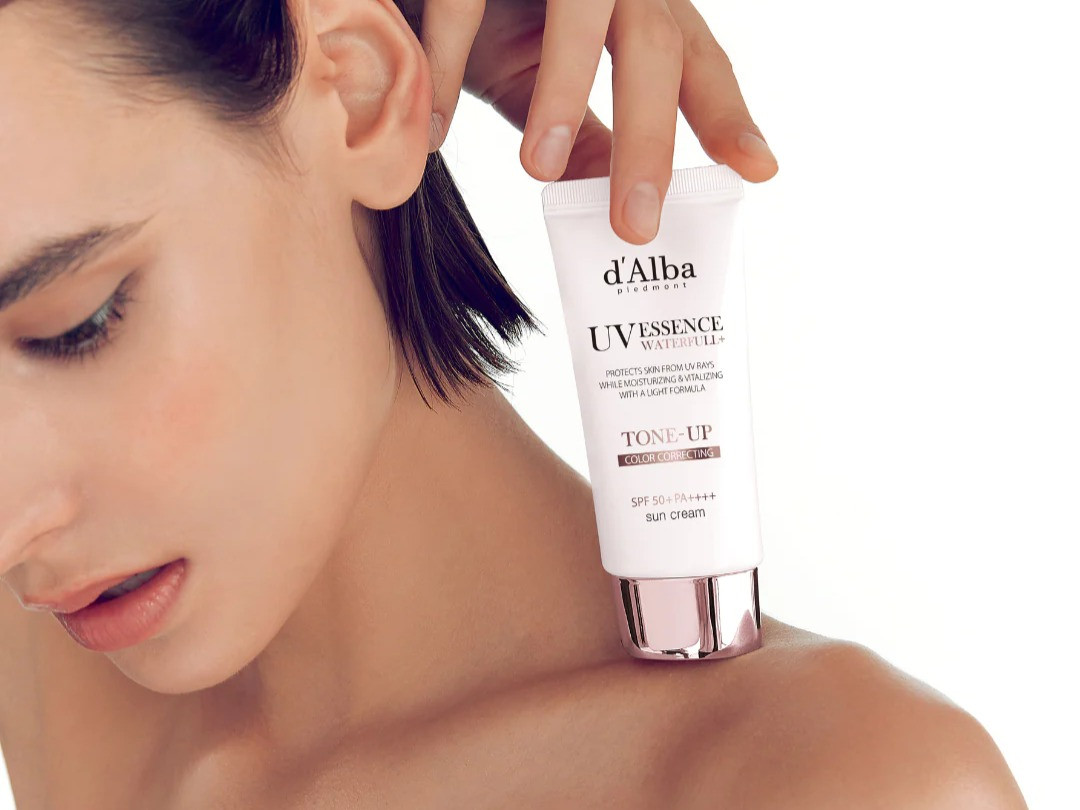

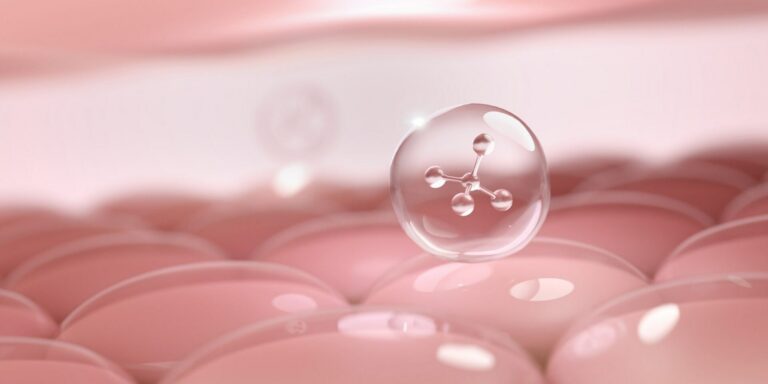
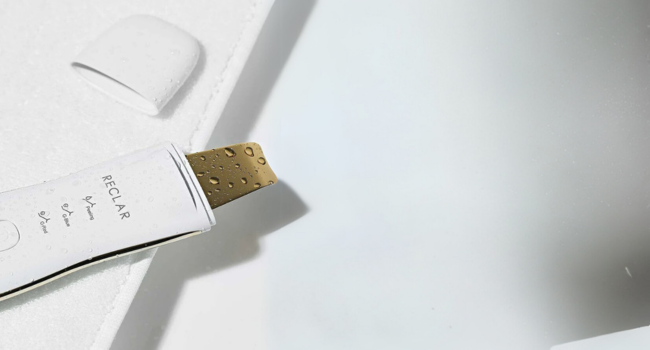


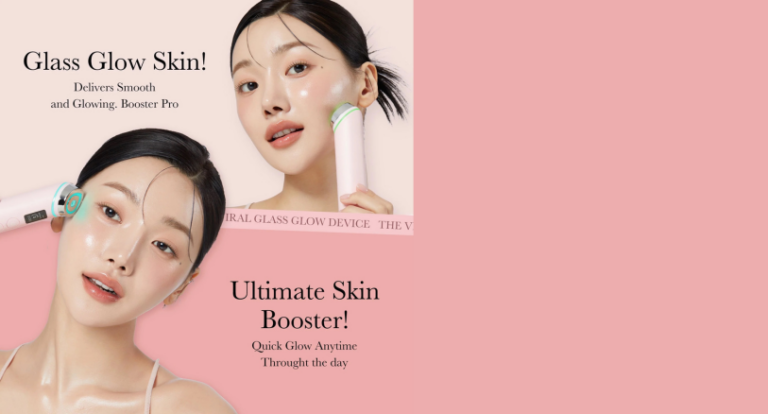
 Intensively restoring face mask Medicube PDRN Pink Vita Coating Mask, 22g
Intensively restoring face mask Medicube PDRN Pink Vita Coating Mask, 22g 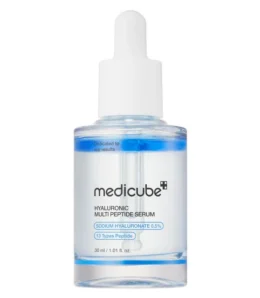 Medicube Hyaluronic Multi Peptide Serum, 30ml
Medicube Hyaluronic Multi Peptide Serum, 30ml 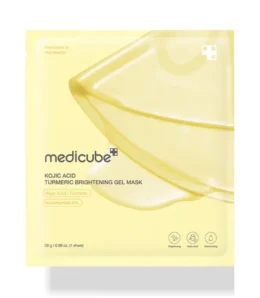 Face Mask Medicube Kojic Acid Turmeric Brightening Gel Mask, 28g
Face Mask Medicube Kojic Acid Turmeric Brightening Gel Mask, 28g 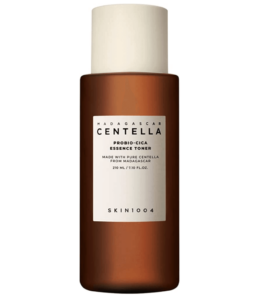 SKIN1004 Madagascar Centella Probio-Cica Essense Toner, 210ml
SKIN1004 Madagascar Centella Probio-Cica Essense Toner, 210ml